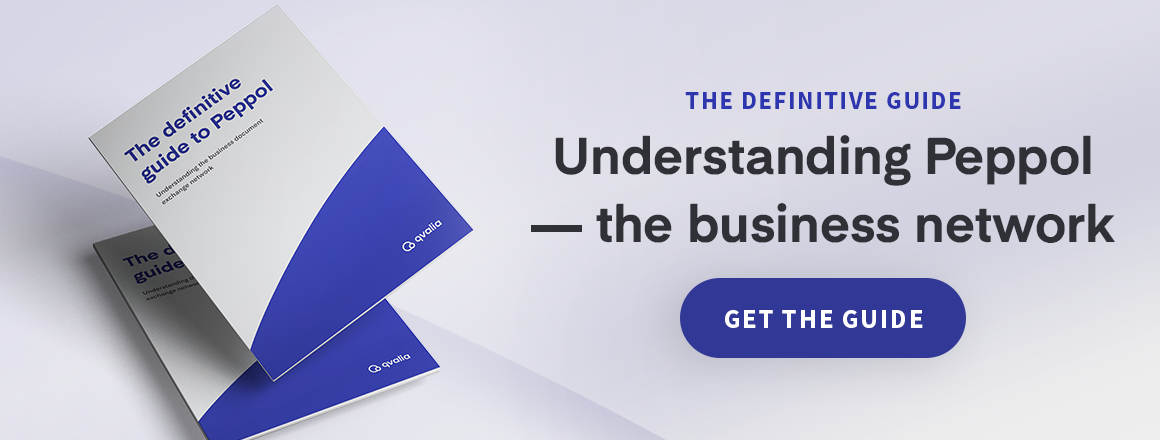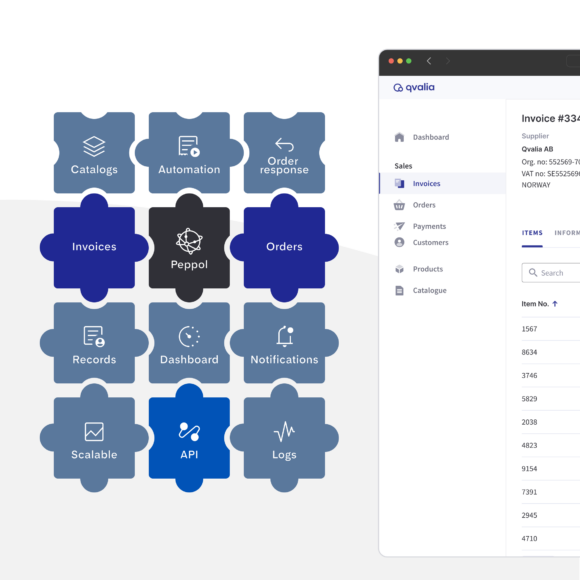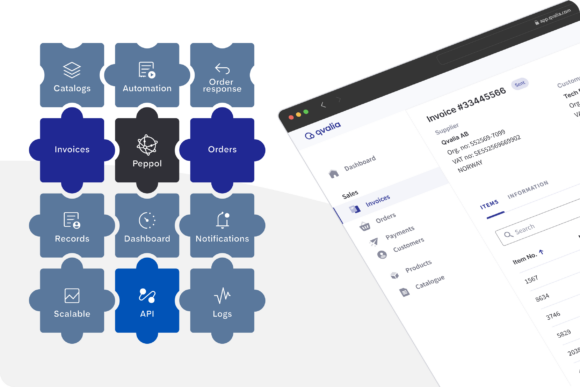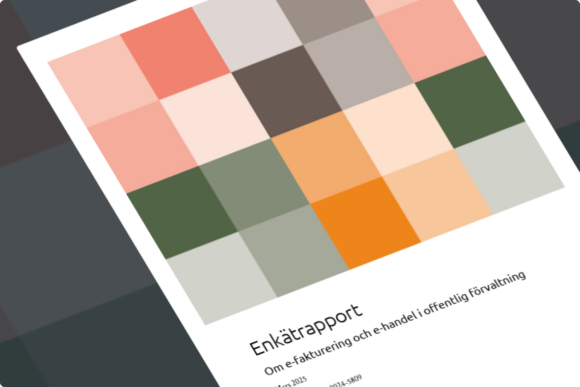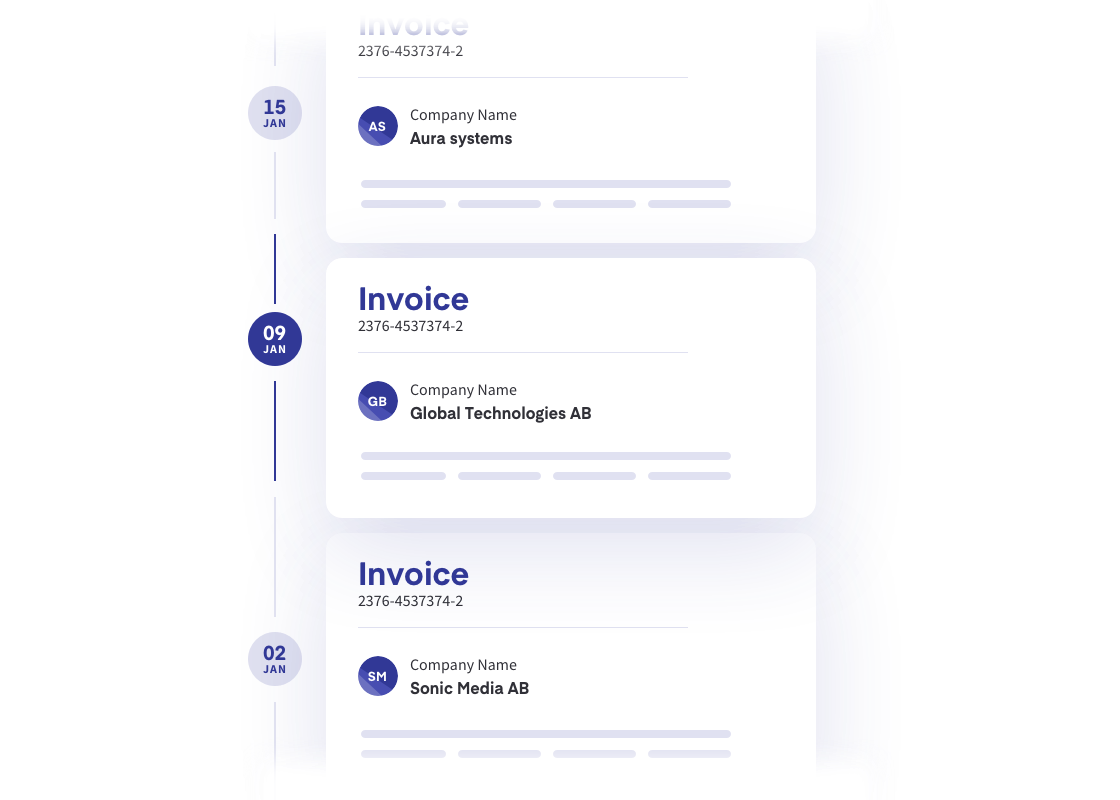
The history of e-invoicing is rooted in the history of EDI or Electronic Data Interchange. In today’s digital age, e-invoicing and EDI have become a quintessential part of smooth financial transactions and business communication.
Defining e-invoicing
E-invoicing, or electronic invoicing, is a system that allows the distribution of invoices between buyers and sellers via digital interfaces in a structured data format, eradicating the need for paper-based physical invoices or image files such as PDFs. E-invoicing enables organizations to create, send, and manage invoices electronically, ensuring the exchange of billing documents is more secure, efficient, and speedy.
Delving into its history provides a fascinating glimpse into how technology and commerce have evolved hand-in-hand to create a more efficient, eco-friendly, and global business environment.
The history of e-invoicing can be traced back to the development of EDI (Electronic Data Interchange). As an enabler of business transactions, EDI is a group of technical standards for e-documents that has been around for decades. A definition formulated by The United States National Institute of Standards and Technology in 1996 can still be considered valid today:
… the computer-to-computer interchange of strictly formatted messages that represent documents other than monetary instruments.
The United States National Institute of Standards and Technology
The first-ever e-invoice
The first EDI message was a shipping manifest sent in 1965 by the Holland-America Line using telex. Breakthroughs have been occurring continuously since then.
FTP, The File Transfer Protocol, was introduced in 1975 and enabled easy file transfer via the Internet. In the 80s, large retail and car manufacturing companies started to induce their suppliers to use EDI.
Today, EDI is transferred via HTTP protocol; VAN (Value Added Network), or open networks, for example, Peppol. 90% of Fortune 500 companies have EDI capabilities.
The main obstacle in the earlier days was the significant cost associated with IT implementation and daily operations. These costs, in combination with lack of bandwidth access, prevented more widespread adoption. Not at least for small businesses.
EDI networks are much more accessible nowadays, especially through cloud-based internet services and operators. Qvalia offers standardized Peppol e-invoice management for free.
Dates and milestones in the evolution of e-invoicing
1960s – The dawn of electronic data transfer
- 1960s: E-invoicing can trace its roots back to the 1960s when Electronic Data Interchange (EDI) emerged. EDI allowed companies to send documents electronically, albeit in a rudimentary form compared to today’s e-invoicing systems. The first e-document, a shipping manifest, was sent in 1965.
1990s – The advent of modern e-invoicing
- 1990s: Increased adoption among large companies that implemented EDI systems, enabling one or two-way communication between business parties.
2000s – Government initiatives and global adoption
- 2001: In Europe, e-invoicing has gradually been implemented in the legislative framework. Directive 2001/115/EC was one of the first steps to modernize the legislation based on improving VAT obligations and electronic formats.
- 2005 onwards: Various countries, like Brazil and Mexico, implemented e-invoicing mandates, requiring businesses to adapt to electronic formats for tax compliance purposes.
2010s – E-invoicing goes mainstream
- 2010s: E-invoicing platforms started becoming more user-friendly and integrated with other financial software, providing more automated and streamlined solutions for businesses of all sizes.
- 2014: The European Union took a substantial step by passing Directive 2014/55/EU, aiming to facilitate the widespread adoption of e-invoicing across Europe.
2020s – The era of automation and cloud-based solutions
- 2020 and beyond: E-invoicing witnessed a significant surge, particularly owing to the global pandemic, which expedited the adoption of digital transformation practices across industries. Cloud-based solutions became prevalent, enabling real-time invoicing, global accessibility, and enhanced collaboration.
Today’s e-challenges
Even though technology has made leaps, there are still challenges related to tech and costs. The vast number of formats is one such threshold. Besides custom-made EDI, here’s just a small example of formats on the Nordic market alone:
- Peppol
- Finvoice
- Svefaktura
- INVOIC
- BGC invoice
- Finvoice
- UBL2
- OIOXML
In B2B transactions, business partners that use different formats need to convert these before being able to manage e-documents, such as e-invoices, in their respective processes. These constitute technical and financial barriers still to this day.
Luckily, some dominating formats have emerged. Most notable is Peppol, the European Union’s standard for electronic transaction documents. Since April 2019, Peppol has been the mandatory format and business network for the EU, which has accelerated e-invoice adoption in the private and public sectors alike and made way for Peppol to become a global standard.
The future of e-invoicing: Open, smart and sustainable
With developments like blockchain, AI, IoT, and the emerging open Peppol network, the future holds a vision of smarter, more secure, and interconnected e-invoicing solutions. Smart contracts, enabled by blockchain, could revolutionize how we use business messages and how transactions are conducted, ensuring enhanced security and transparency.
Moreover, sustainability is another crucial aspect, from reducing the use of paper to automated digital processes, which aligns with global eco-friendly initiatives, contributing significantly towards creating a sustainable business ecosystem.
—
Interested in e-invoicing, Peppol, and why it’s critical for the future of financial processes and successful automation? Download our ebook, The definitive guide to Peppol.
